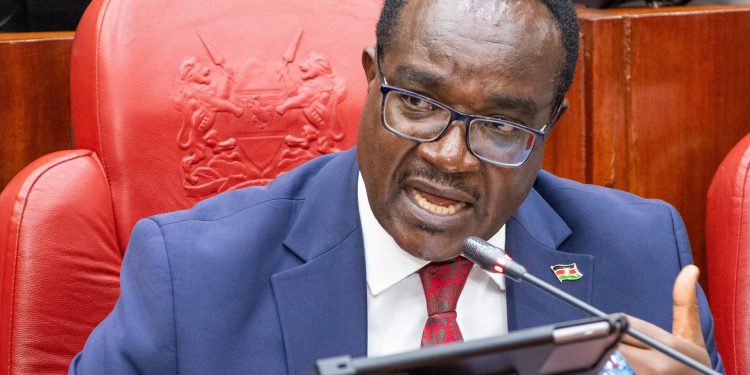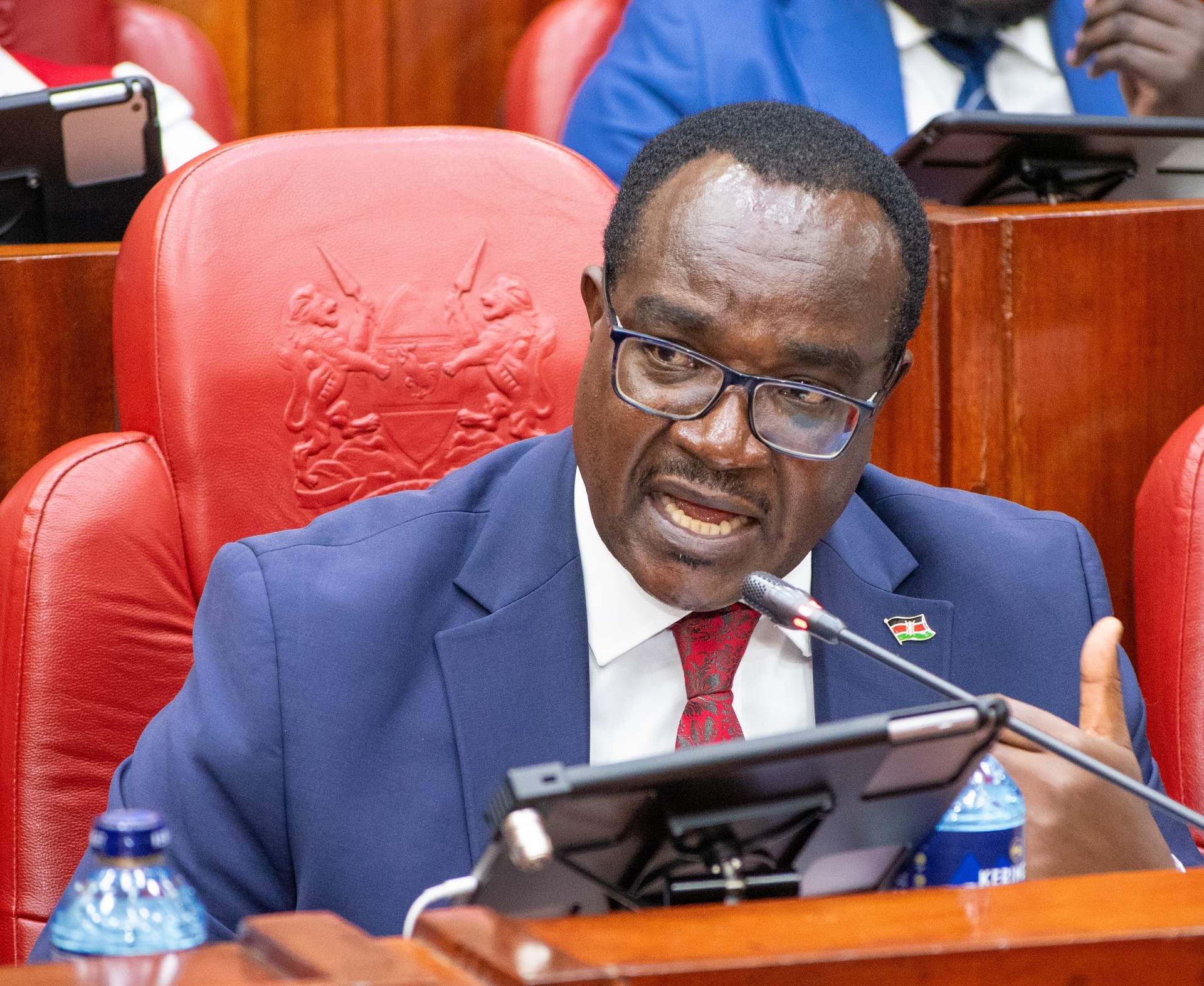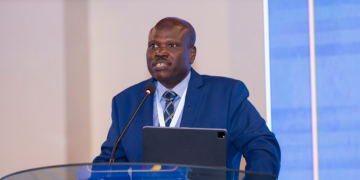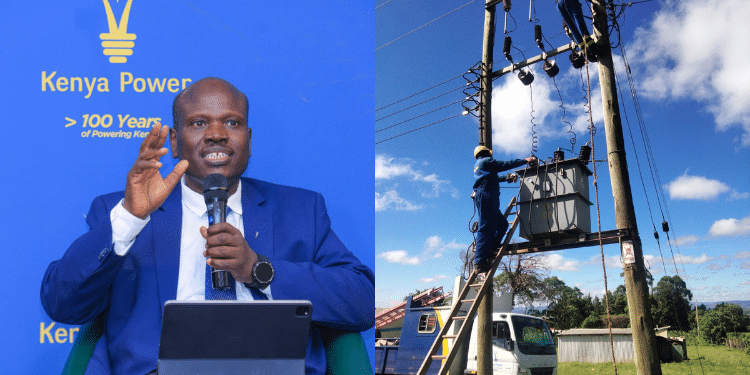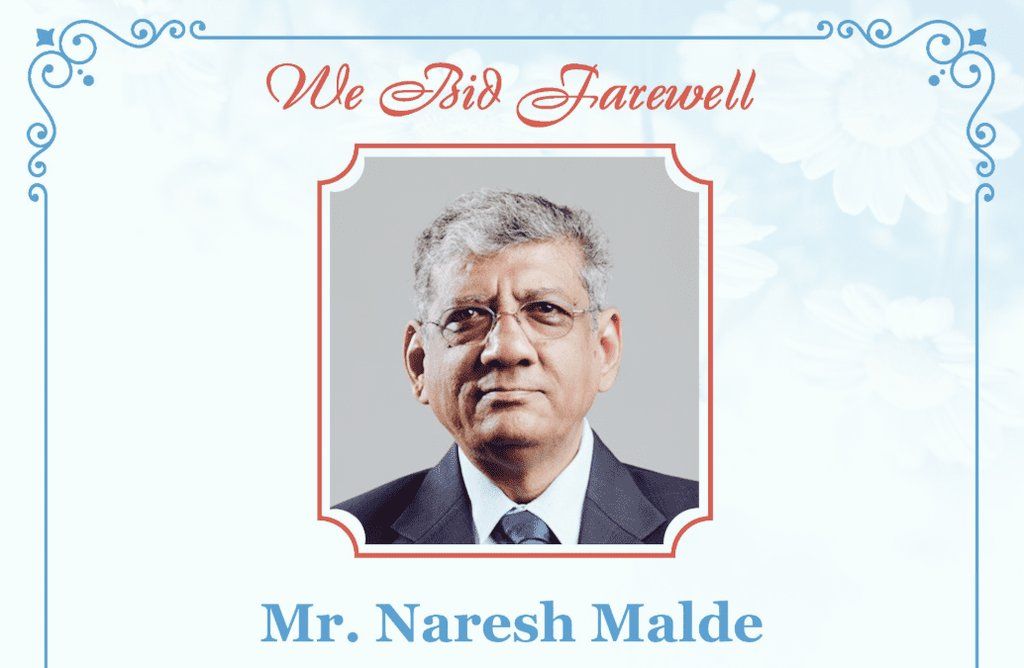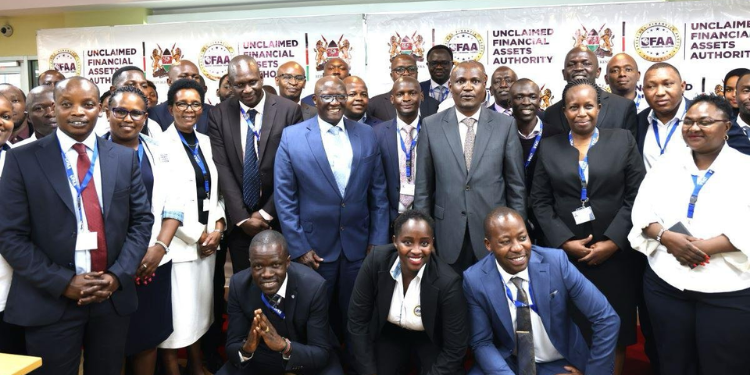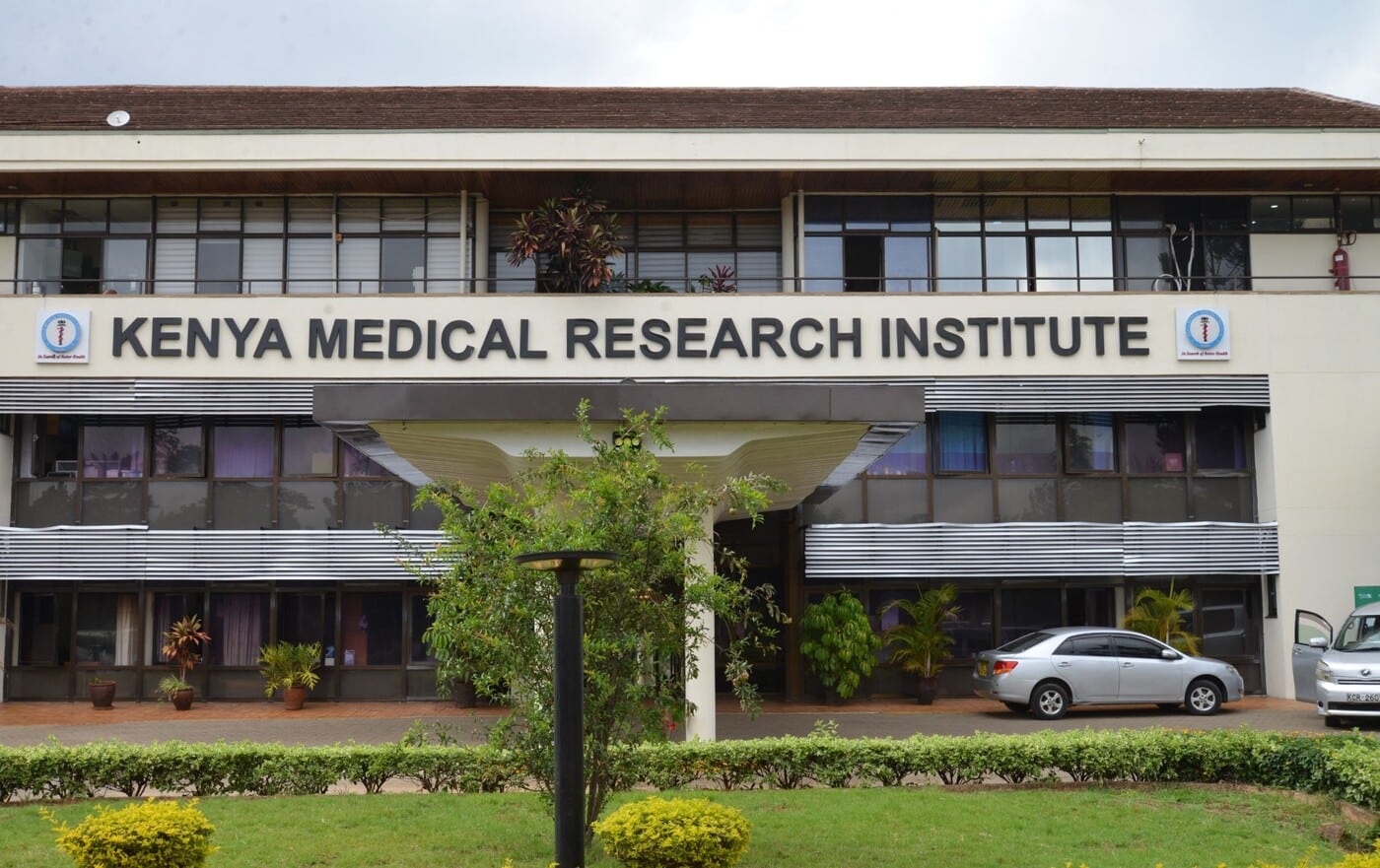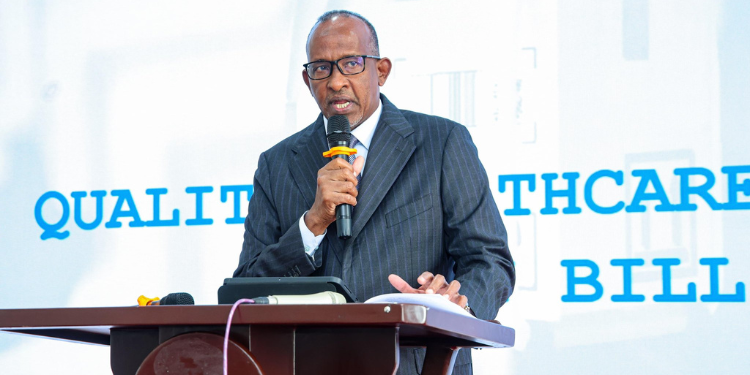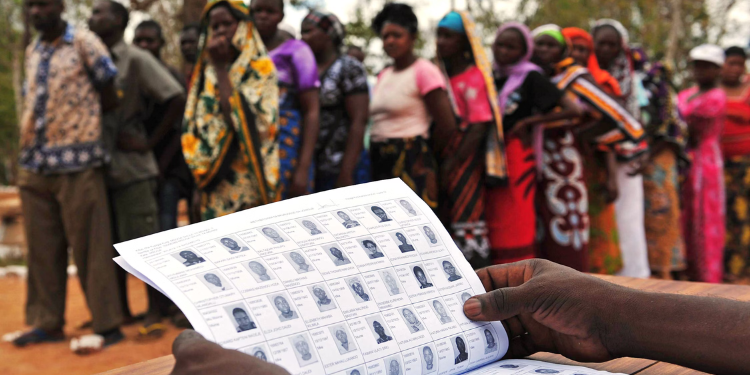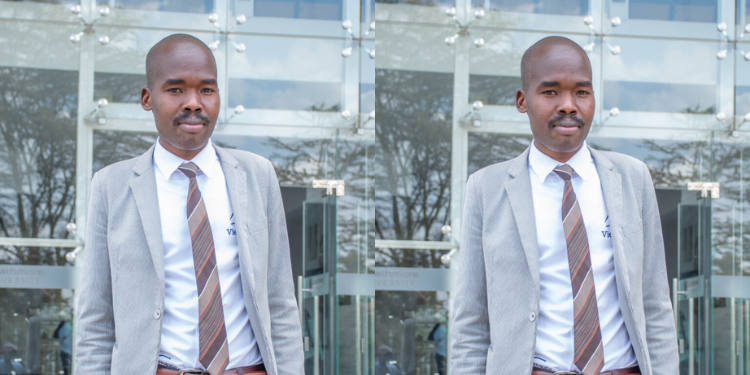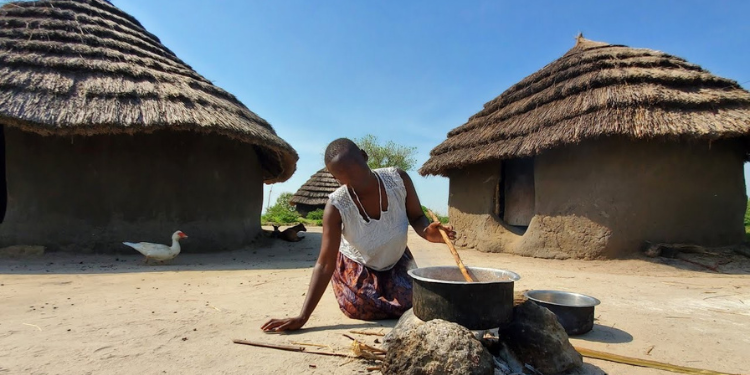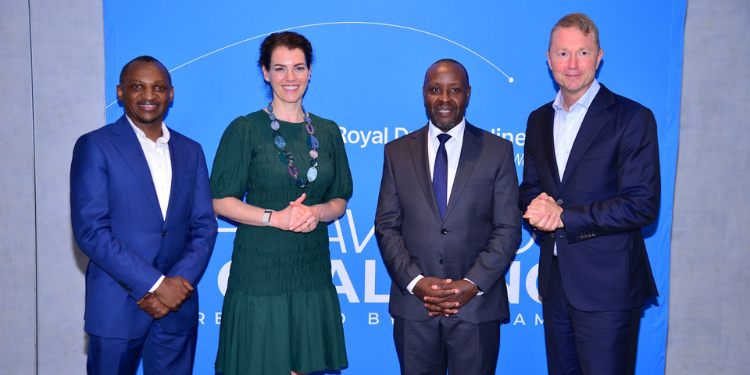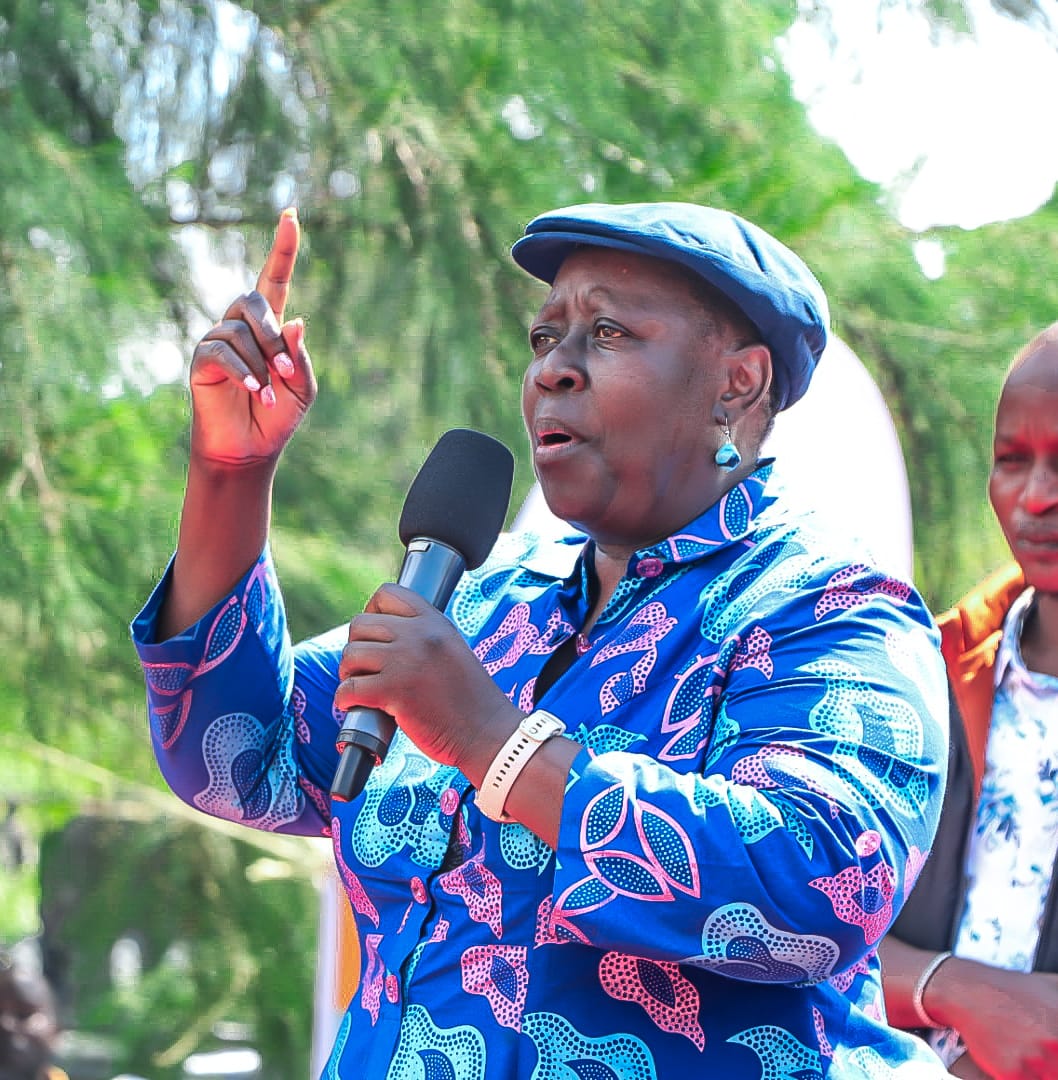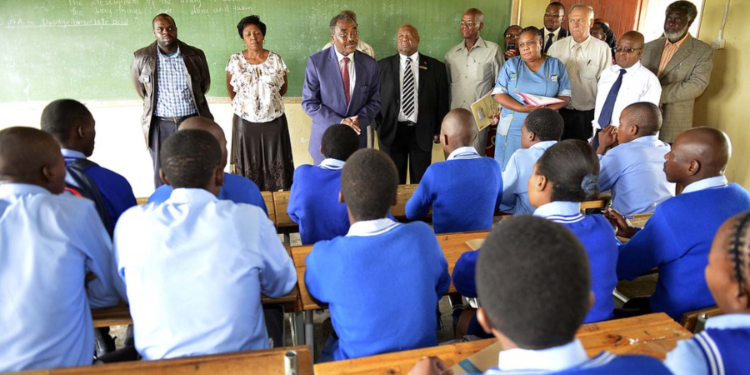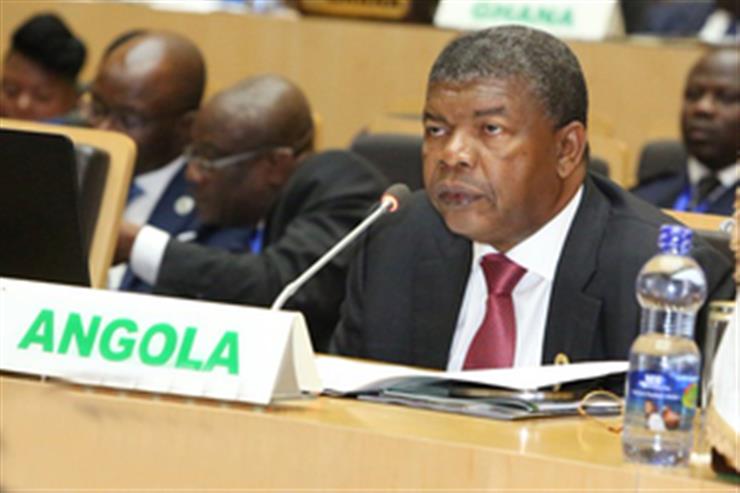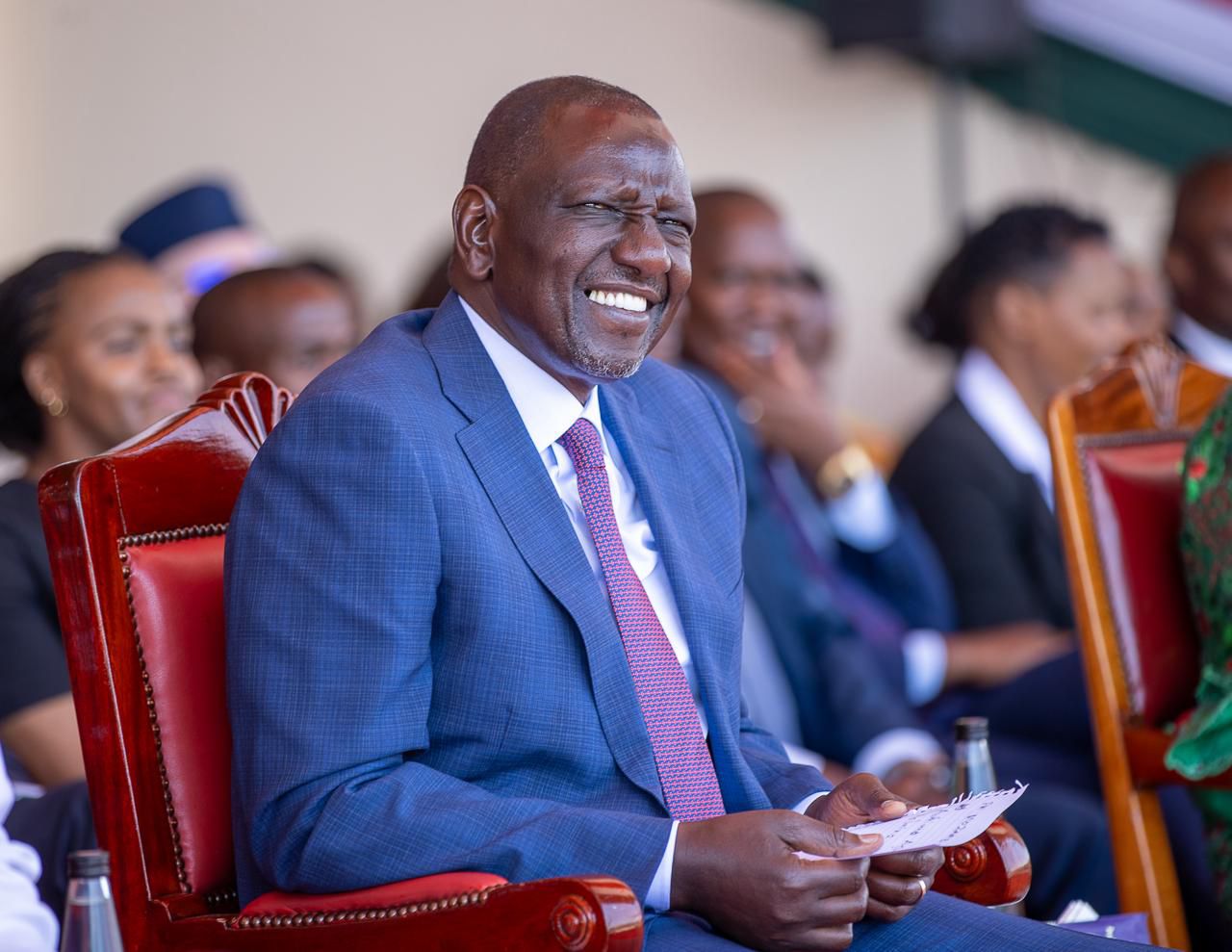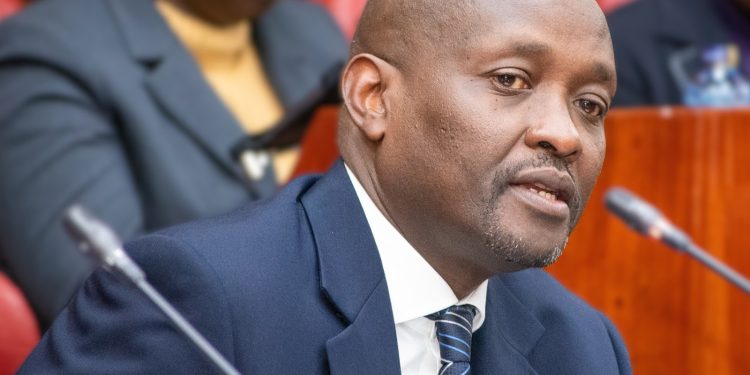There is a familiar silence in many Kenyan homes each August: the silence after a HELB application is submitted, and the waiting begins. Parents juggle bills; Form Four leavers refresh portals; university hopefuls weigh the cost of deferring a dream. For years, the Higher Education Loans Board has been our national safety valve. But a country of our ambition cannot rely on a single spigot in an era when the price of higher education rises faster than household incomes.
This is not an argument against HELB. It is an argument for imagination. If we want more doctors in Turkana, more software engineers in Nyeri, more teachers in Taita Taveta—and the economic dynamism that follows—we must build a financing ecosystem that is bigger, fairer and smarter than one loan scheme can deliver.
Consider a few lessons from abroad
Australia pioneered income‑contingent loans (HECS‑HELP). There, students pay nothing upfront; repayment begins only after a graduate’s salary crosses a threshold, with collections handled seamlessly through the tax system. The genius is moral and practical: no one is punished for graduating into a slow job market, and the state collects reliably from those who benefit most.
Germany took another path: most public universities charge no tuition at all. The government treats higher education like a public road—an enabler of productivity—and funds it accordingly. Students pay modest administrative fees and can access grants for living costs. Not every country can afford the German model wholesale, but the principle is instructive: society prospers when access is not gated by birth or bank balance.
Also Read: HELB Reveals Plans to Change the Funding Formula Ahead of 2025 Intake
The United States is often cited for its student‑debt crisis, but even there, the best universities offer a different lesson: endowments, alumni networks and robust work‑study programmes dramatically expand need‑based aid. Students earn on campus, labs spin out innovations, and philanthropy multiplies opportunity.
Brazil blends public and private through PROUNI (scholarships in private universities for low‑income students) and FIES (subsidised loans). The state buys seats from private providers instead of building everything itself. The result: more capacity without crushing the public purse.
Closer to home, Rwanda links public financing to national needs. Conditional scholarships send graduates into critical public‑sector roles for a period of service. Education becomes a pact: the state invests in you; you invest your skills back into the state.
None of these models is copy‑and‑paste. But together they offer Kenya a palette of options. We can paint our own picture.
Here is a five‑point blueprint to move beyond HELB without abandoning it.
1) Make repayment humane—and efficient
Transform part of HELB and bank‑issued student loans into income‑contingent repayment. Tie payments to earnings, collected through the tax and payroll system once graduates hit a clear income floor. Graduates who are underemployed, in gig work or in rural service years should not be harried by fixed instalments that ignore reality. This reform requires coordination among Treasury, KRA, HELB and employers—but the payoff is immense: higher compliance, less default, fairer burden‑sharing.
2) Create a National Scholarship & Bursary Portal
Right now, opportunities are scattered—county bursaries, CDF allocations, faith‑based grants, NGO and corporate scholarships, diaspora initiatives. Centralise listings, standardise eligibility, and publish award decisions for transparency. Let a student in Kilgoris see, in one place, everything she can apply for—deadlines, criteria, past awardees. A portal won’t cost billions, but it would save thousands of dreams.
3) Mobilise private capital—responsibly
Encourage banks and SACCOs to offer education loans with tax incentives and partial public guarantees for high‑demand fields (teaching, nursing, green tech, agricultural extension). Pilot income‑share agreements (ISAs) with strong consumer protections: students pledge a small, capped percentage of future income for a defined period; investors take the risk. Regulate ruthlessly—no hidden fees, no aggressive collections—and publish outcomes so students can compare offers.
4) Let universities build endowments and jobs
Empower public universities to create endowment funds—with matching grants for gifts from alumni and industry—and professionalise fundraising. Expand work‑study programmes so students can earn on campus in libraries, labs, farms, clinics and IT helpdesks without compromising learning. When students earn, they stay enrolled; when alumni give, institutions grow; when industry co‑funds, curricula stay relevant.
5) Link funding to service and national priorities
Offer bonded scholarships for critical sectors: full or partial funding in exchange for two to four years of service in under‑served counties. Pair this with a tuition‑for‑service swap for graduates already in arrears: clear a portion of debt for each year worked in a hardship posting. That’s how you turn financing into nation‑building.
Of course, financing design means nothing without governance. We must publish data: who applied, who received, what courses were funded, completion rates, employment outcomes, default rates. Sunlight disciplines both lenders and beneficiaries. Likewise, we need student protection rules: plain‑language disclosures, interest caps for publicly backed loans, hardship deferments, and an ombuds office to mediate disputes.
Parents have a role too. Start early. Treat school fees like a long‑term project: a modest monthly contribution to an education savings account—even a SACCO‑linked one—beats panic borrowing in September. Students must learn the new literacy of the 21st century: not just coding or chemistry but reading the fine print. A “cheap” loan can become the most expensive mistake if compounding and penalties are ignored.
Also Read: Why 468,237 University and College Students Risk Missing HELB Funding in 2025
Policymakers often ask, “Where will the money come from?” A fair question. Here are honest answers. Redirect a small share of sin and luxury taxes into a ring‑fenced Higher Education Opportunity Fund. Issue a diaspora education bond with a patriotic yield, proceeds earmarked for scholarships and campus infrastructure. Require large government suppliers to contribute to a skills levy—a fraction of contracts dedicated to training the graduates those firms will eventually hire. None of these ideas is radical; each is doable.
Sound Policy
Let’s also be clear about what we gain. Financing higher education is not charity; it is economic policy. Every shilling invested in a qualified nurse, a competent teacher, a skilled technician or a credible researcher multiplies across decades of productivity, tax revenue and healthier communities. The return dwarfs the cost.
I think of Emily, a young woman from Githurai who assumed HELB was the only bridge to university. When it didn’t come through on time, her family found a county bursary and a small faith‑based grant. Today she’s in second year, tutoring first‑years in statistics to cover her hostel fees. She is not an exception; she is a clue. When information flows, when options multiply, when repayment aligns with reality, students find their way.
Kenya has never lacked talent. We have lacked, at times, the architecture to turn talent into opportunity. Building that architecture will take Parliament’s pen, Treasury’s spreadsheets, banks’ discipline, universities’ ingenuity and communities’ trust. HELB should remain a pillar—but it cannot be the whole house.
The next time a family sits in that August silence, let them have more than one door to knock. Let them see a system that is not a lottery but a ladder. That is how a nation climbs.
Follow our WhatsApp Channel and X Account for real-time news updates.
